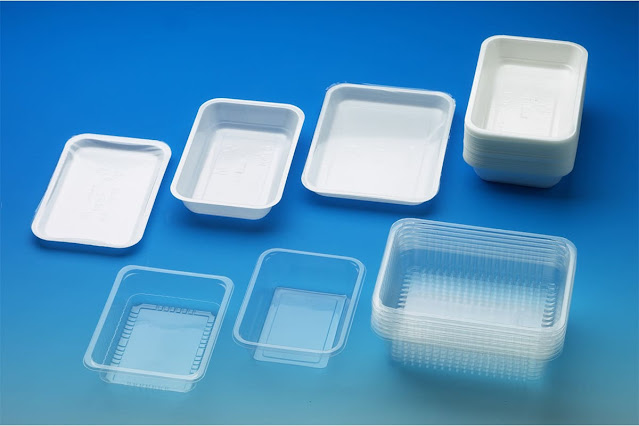Asean Flexible Packaging and the Rise of Premiumization
The Asean Flexible Packaging industry is witnessing a significant trend towards premiumization, where manufacturers and brands are elevating the packaging experience to cater to discerning consumers seeking higher-quality, aesthetically appealing, and unique packaging solutions. As the region experiences economic growth and rising disposable incomes, consumers are increasingly willing to pay a premium for products that offer added value and a sense of luxury.
Premiumization in Asean Flexible
Packaging goes beyond merely providing functional packaging; it involves
creating a memorable and immersive experience for consumers. The packaging
becomes an extension of the brand's identity, communicating a sense of sophistication
and exclusivity. As a result, brands are investing in innovative design
elements, high-quality materials, and advanced printing technologies to elevate
their product presentation.
Global
ASEAN flexible packaging market was valued at US$ 5138.98 Million in
2021. ASEAN flexible packaging market is expected to exhibit a CAGR of 4.5%
over the forecast period (2022–2030), to reach US$ 7617.25 Million by 2030.
Design plays a central role in
premiumization. Asean Flexible Packaging manufacturers are collaborating with
packaging designers to create visually striking and emotionally engaging
packaging designs. The use of premium finishes, embossing, debossing, metallic
inks, and tactile elements enhances the overall perception of the product's
value and craftsmanship.
Additionally, Asean Flexible
Packaging is becoming more customizable to cater to individual brands and
products. Brands can now incorporate unique shapes, sizes, and graphic designs
to differentiate their offerings on the shelves. Customization not only
enhances the product's premium appeal but also enables brands to strengthen
their identity and build stronger connections with their target consumers.
Advanced printing technologies,
such as digital printing, are pivotal in achieving the level of intricacy and
detail required for premium packaging. Digital printing allows for
high-resolution graphics, color consistency, and variable data printing, which
enables personalization and serialization. This level of customization is
particularly valued in the luxury and cosmetic industries, where each product
can be made unique for individual customers.
Sustainability is another aspect
of premiumization in Asean Flexible Packaging. Eco-conscious consumers are
increasingly seeking products packaged with environmentally friendly materials
and processes. Brands that offer premium products in sustainable packaging gain
a competitive advantage by appealing to environmentally conscious consumers who
are willing to pay a premium for products aligned with their values.
The premiumization trend is not
limited to high-end products. Asean
Flexible Packaging manufacturers are also responding to the rising
demand for premiumization in everyday products, such as snacks, beverages, and
personal care items. Premium packaging elevates the consumer's perception of
the product's quality and value, encouraging them to make purchasing decisions
based on the overall experience.
The rise of premiumization in the
Asean Flexible Packaging industry reflects the evolving consumer preferences
and economic growth in the region. By embracing innovative design, high-quality
materials, customization, and sustainability, brands can create a unique and
captivating packaging experience that resonates with consumers and sets their
products apart in a competitive market. As premiumization continues to shape
the industry, manufacturers will continue to push the boundaries of creativity
and craftsmanship to meet the demands of discerning consumers seeking
exceptional packaging solutions.




Comments
Post a Comment